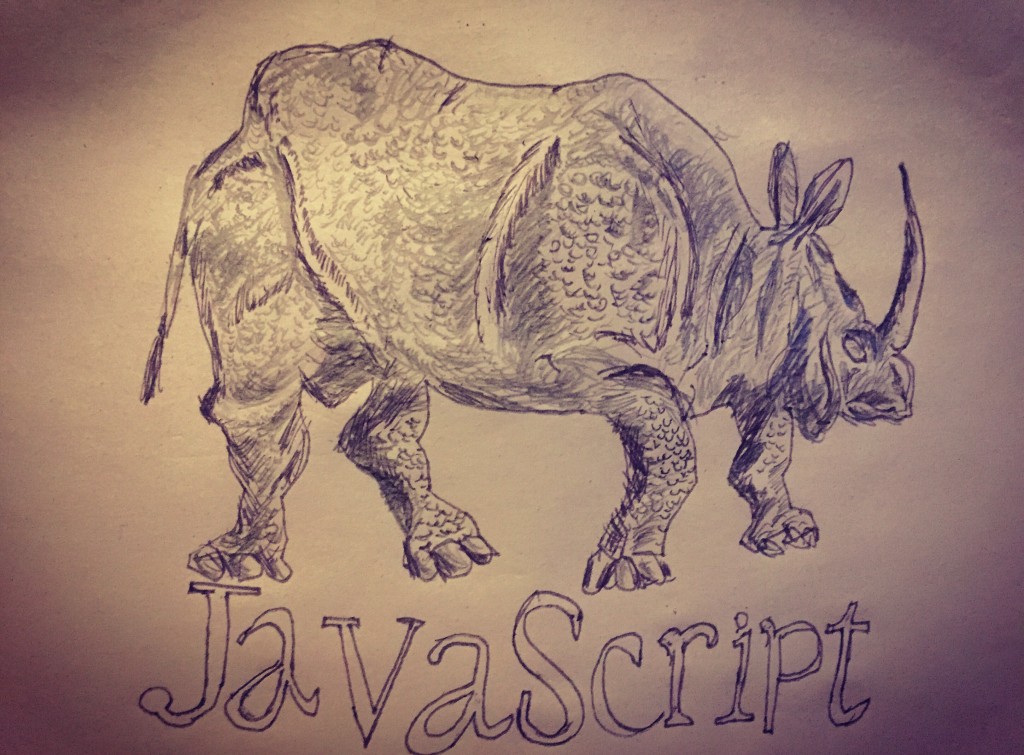Author: Chris Lattner
I am moving this gist to a github repo so more people can contribute to it. Also, it makes it easier for me to version control.
Please go to - https://github.com/praveenpuglia/shadow-dom-in-depth for latest version of this document. Also, if you find the document useful, please shower your love, go ⭐️ it. :)
Heads Up! It's all about the V1 Spec.
In a nutshell, Shadow DOM enables local scoping for HTML & CSS.
-
var는function-scoped이고,let,const는block-scoped입니다. -
function-scoped와block-scoped가 무슨말이냐?
https://gist.github.com/ljharb/58faf1cfcb4e6808f74aae4ef7944cff
While attempting to explain JavaScript's reduce method on arrays, conceptually, I came up with the following - hopefully it's helpful; happy to tweak it if anyone has suggestions.
JavaScript Arrays have lots of built in methods on their prototype. Some of them mutate - ie, they change the underlying array in-place. Luckily, most of them do not - they instead return an entirely distinct array. Since arrays are conceptually a contiguous list of items, it helps code clarity and maintainability a lot to be able to operate on them in a "functional" way. (I'll also insist on referring to an array as a "list" - although in some languages, List is a native data type, in JS and this post, I'm referring to the concept. Everywhere I use the word "list" you can assume I'm talking about a JS Array) This means, to perform a single operation on the list as a whole ("atomically"), and to return a new list - thus making it mu
- View: Also called a "template", a file that contains markup (like HTML) and optionally additional instructions on how to generate snippets of HTML, such as text interpolation, loops, conditionals, includes, and so on.
- View engine: Also called a "template library" or "templater", ie. a library that implements view functionality, and potentially also a custom language for specifying it (like Pug does).
- HTML templater: A template library that's designed specifically for generating HTML. It understands document structure and thus can provide useful advanced tools like mixins, as well as more secure output escaping (since it can determine the right escaping approach from the context in which a value is used), but it also means that the templater is not useful for anything other than HTML.
- String-based templater: A template library that implements templating logic, but that has no understanding of the content it is generating - it simply concatenates together strings, potenti
This is my attempt to give Scala newcomers a quick-and-easy rundown to the prerequisite steps they need to a) try Scala, and b) get a standard project up and running on their machine. I'm not going to talk about the language at all; there are plenty of better resources a google search away. This is just focused on the prerequisite tooling and machine setup. I will not be assuming you have any background in JVM languages. So if you're coming from Python, Ruby, JavaScript, Haskell, or anywhere… I hope to present the information you need without assuming anything.
Disclaimer It has been over a decade since I was new to Scala, and when I was new to Scala, I was coming from a Java and Ruby background. This has probably caused me to unknowingly make some assumptions. Please feel free to call me out in comments/tweets!
One assumption I'm knowingly making is that you're on a Unix-like platform. Sorry, Windows users.
